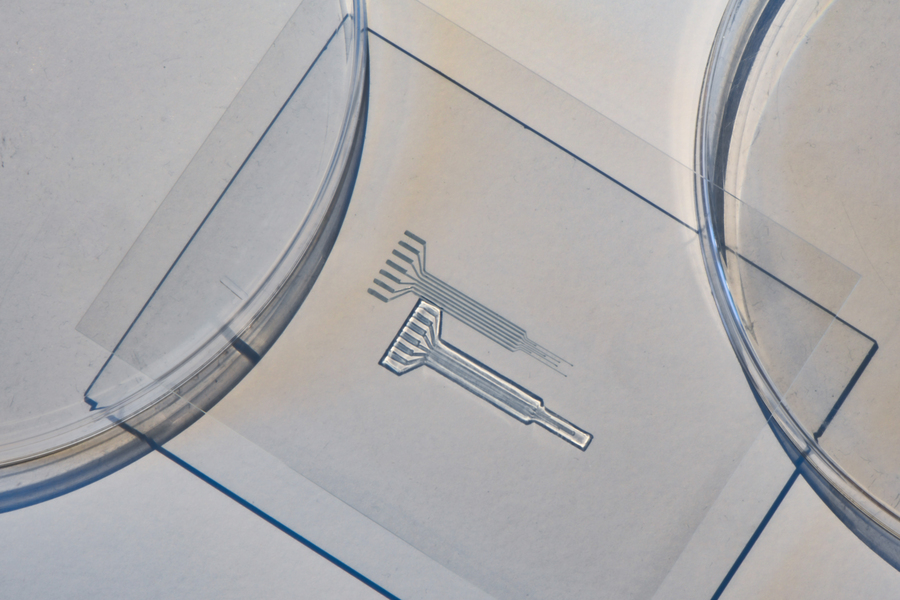MIT engineers have developed a soft, gel-like material that could replace traditional metal electrodes.
Introduced in Nature Materials, this revolutionary material, considered a high-performance conducting polymer hydrogel, could become a revolution in the field of implantable devices, potentially improve performance, and minimize complications associated with metal implants.
Traditional implants, namely pacemakers and cochlear implants, often use rigid metal electrodes, which can lead to inflammation and scarring over time, resulting in a degradation in the implant’s effectiveness. To address this issue, researchers at MIT focused on developing a gel-based alternative that can mimic the properties of biological tissue while maintaining electrical conductivity.
To achieve the aforementioned goal, the team concentrated on conductive polymers capable of transmitting electrons. Then, they attempted to combine the mentioned polymers with hydrogels, to no avail, because the results were weak materials with poor electrical performance.
However, the challenge was resolved when the researchers developed a technique to slightly separate the conductive polymers from the hydrogel.
After overcoming the issue, the researchers began to test their new invention on rats by implanting the electrodes in their’ hearts, sciatic nerves, and spinal cords, then monitoring the animals for two months.
Over this period, the implant gel electrodes successfully transmitted electrical pulses and stimulated motor activity in the rats’ associated muscles and limbs without major inflammation and scarring in surrounding tissues.
This breakthrough innovation will probably be used in providing electrical support during post-heart surgery recovery since it can reduce the complications caused by traditional metal electrodes.
Moreover, the material may serve as soft, long-lasting interfaces for organs, including pacemakers and deep-brain stimulators, as researchers are still enhancing its durability and performance in biomedical implants.
Partially supported by the National Institutes of Health, this groundbreaking research marks the possibility of replacing conventional metals with biocompatible, gel-based components in bioelectronic implants.
Image: Felice Frankel
Article Source: MIT






